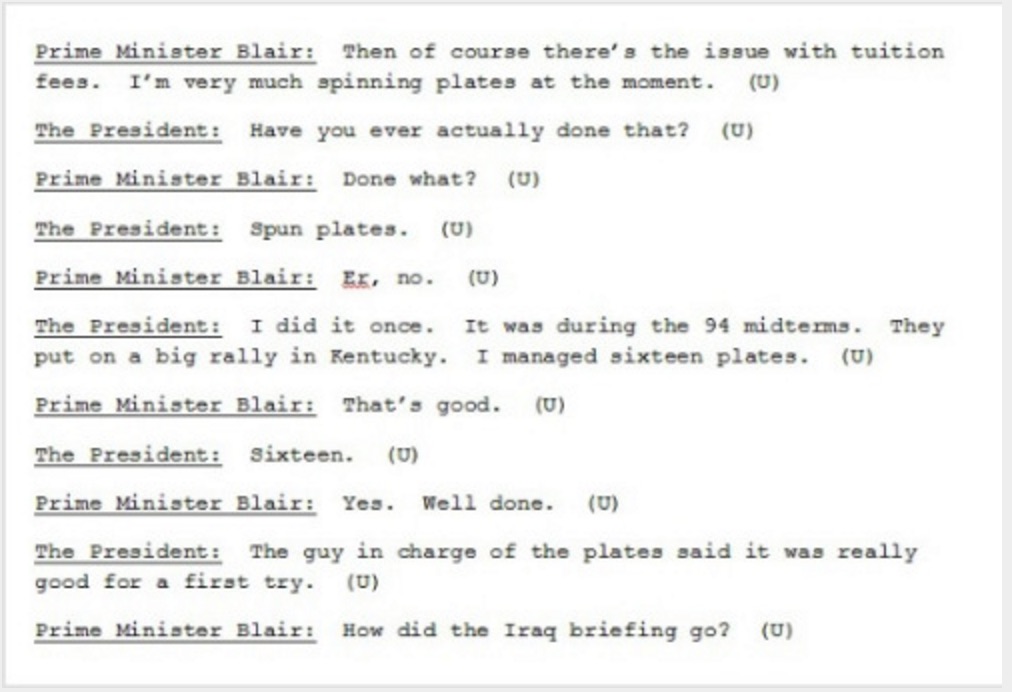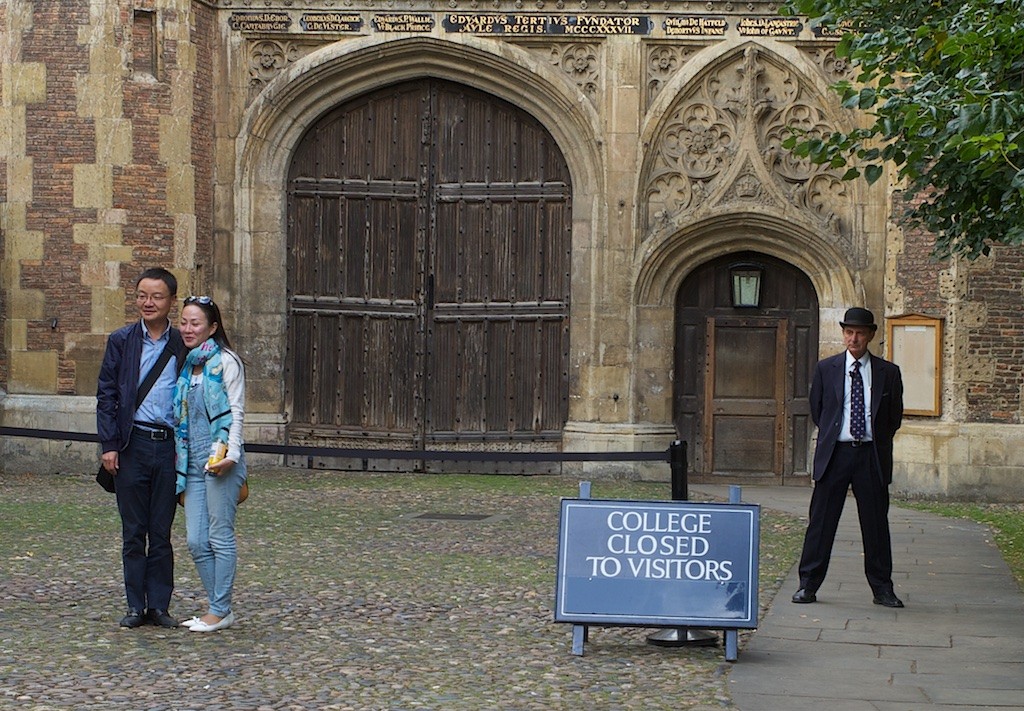Brad de Long is one of my favourite bloggers — and economists. Here he is brooding on a problem that once preoccupied Keynes and is likely to surface again, if we do crack the problem of increasing productivity with robotics — and displacing employment. Sample:
There is no shortage of problems to worry about: the destructive power of our nuclear weapons, the pig-headed nature of our politics, the potentially enormous social disruptions that will be caused by climate change. But the number one priority for economists – indeed, for humankind – is finding ways to spur equitable economic growth.
But job number two– developing economic theories to guide societies in an age of abundance – is no less complicated. Some of the problems that are likely to emerge are already becoming obvious. Today, many people derive their self-esteem from their jobs. As labor becomes a less important part of the economy, and working-age men, in particular, become a smaller proportion of the workforce, problems related to social inclusion are bound to become both more chronic and more acute.Such a trend could have consequences extending far beyond the personal or the emotional, creating a population that is, to borrow a phrase from the Nobel-laureate economists George Akerlof and Robert Shiller, easily phished for phools. In other words, they will be targeted by those who do not have their wellbeing as their primary goal – scammers like Bernie Madoff, corporate interests like McDonalds or tobacco companies, the guru of the month, or cash-strapped governments running exploitative lotteries.
Problems like these will require a very different type of economics from the one championed by Adam Smith. Instead of working to protect natural liberty where possible, and building institutions to approximate its effects elsewhere, the central challenge will be to help people protect themselves from manipulation.
Read more at






